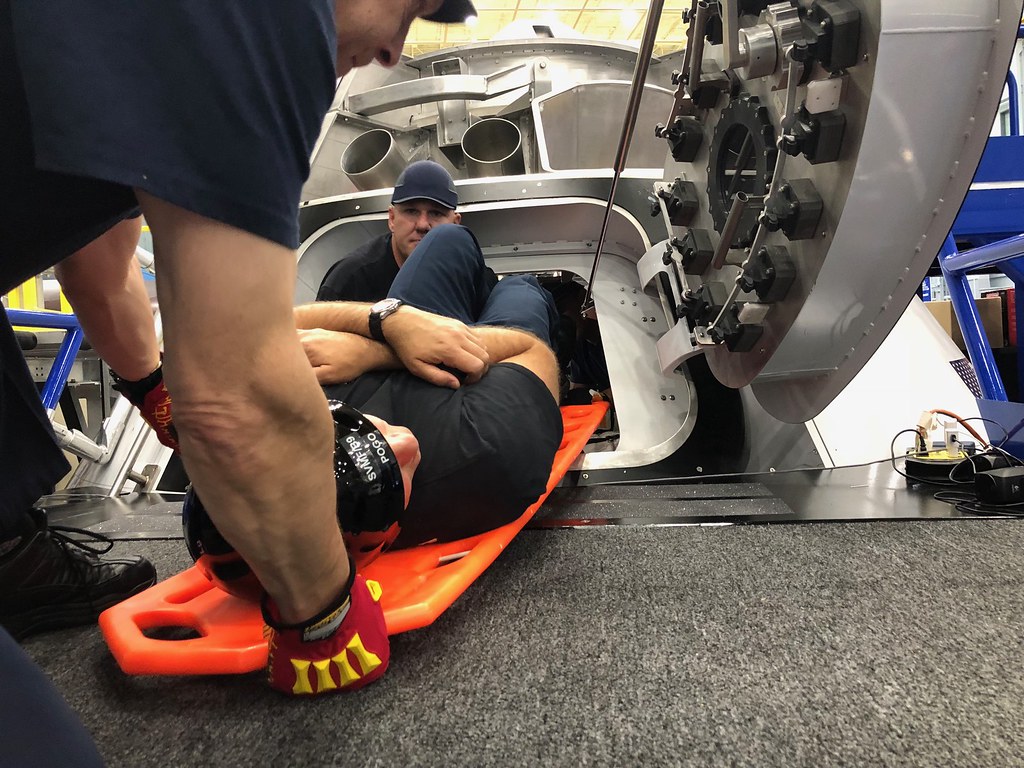
Confined Space Safety 2024
Introduction to Confined Space Safety
Confined spaces, by definition, present limited entry and exit points and are not designed for continuous occupancy. These spaces can pose significant risks due to restricted movement, limited ventilation, and potential hazards such as toxic atmospheres, engulfment, or mechanical dangers.
Ensuring safety in these environments is non-negotiable, given the potential for life-threatening incidents. Compliance with Occupational Safety and Health Administration (OSHA) regulations and international safety standards is fundamental to safeguarding workers.
Regulations and Standards
OSHA guidelines set stringent regulations for working in confined spaces, emphasizing the need for proper training, equipment, and safety protocols. International standards complement these regulations, providing a comprehensive framework for safe practices worldwide.
Risk Assessment in Confined Spaces
Before entering confined spaces, meticulous risk assessment is crucial. Identifying potential hazards and evaluating risks ensures adequate preparation and mitigation strategies.
Safety Equipment and Precautions
Equipping workers with appropriate safety gear and providing comprehensive training are foundational to minimizing risks associated with confined spaces. Preparedness and adherence to safety procedures are key.
Ventilation and Atmosphere Monitoring
Maintaining proper ventilation and continuously monitoring the atmosphere inside confined spaces are indispensable safety practices, preventing incidents related to poor air quality.
Emergency Procedures
Developing and practicing emergency action plans, along with efficient rescue protocols, can be lifesaving in critical situations within confined spaces.
Case Studies
Real-life incidents underscore the importance of adhering to safety measures. Studying past accidents informs the improvement of safety protocols.
Innovations in Confined Space Safety
Technological advancements, including monitoring devices and communication systems, contribute significantly to enhancing safety within confined spaces.
Employee Training and Awareness
Educating workers about the risks, safety protocols, and fostering a safety-conscious culture are essential components of ensuring safety in confined spaces.
Maintaining Compliance
Regular audits and staying abreast of evolving safety standards are imperative to uphold and enhance safety measures.
The Psychological Aspect of Confined Space Work
Addressing the psychological challenges that workers face in confined spaces is as important as addressing physical safety concerns. Mental health considerations play a pivotal role in ensuring overall well-being.
Collaboration between Industries
Sharing best practices and learning from diverse safety approaches across different sectors can lead to comprehensive improvements in confined space safety.
Challenges and Solutions
Identifying common hurdles and implementing effective solutions are vital steps toward strengthening confined space safety protocols.
Future Outlook: Predictions and Recommendations
Predictions for the future of confined space safety and recommendations for further enhancing safety measures will shape the evolving landscape of workplace safety.
Conclusion
Confined space safety is a multifaceted aspect that demands meticulous attention to regulations, risk assessments, equipment, training, and psychological considerations. The collective effort in implementing and innovating safety measures ensures a safer working environment for individuals operating in confined spaces.
Confined Space Hazards and Control Measures
Confined Space Toolbox Talk Meeting
How To Make JSA for Confined Space Activity
How to Make HIRA on Confined Space?
FAQs
- What defines a confined space? A confined space is an area with limited entry and exit, not designed for continuous occupancy, and may present potential hazards.
- Why is confined space safety crucial? Ensuring safety in confined spaces prevents accidents and safeguards the well-being of workers facing challenging environments.
- How do innovations contribute to confined space safety? Technological advancements, including monitoring devices and communication systems, significantly enhance safety within confined spaces.
- What role does compliance play in confined space safety? Compliance with regulations and standards is essential to uphold and improve safety measures in confined spaces.
- How can companies promote a safety-conscious culture? Educating workers, fostering awareness, and regularly reinforcing safety protocols create a culture prioritizing safety in the workplace.
























